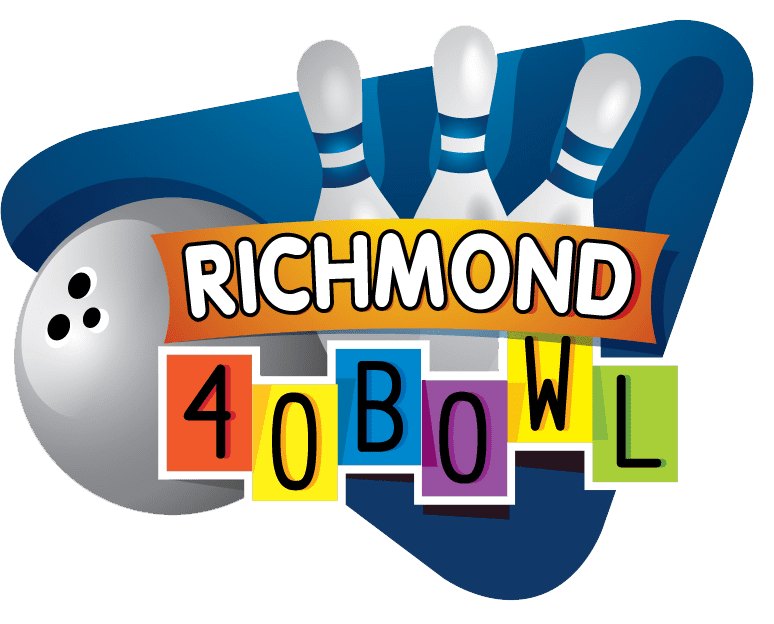What to Know When Buying a Bowling Ball
It doesn’t matter if it’s your first time bowling or your 500th; the key to bowling a great game is choosing the right ball. Bowling balls come in a wide range of weights and materials. Even if you’ve been bowling before, you may find yourself grabbing a random ball and hoping for the best. But using the right bowling ball can seriously improve your game.
How to Pick the Right Bowling Ball
 Feeling overwhelmed by the racks of balls at Richmond Bowl 40? The worst thing you can do is grab a random ball (okay, we take it back; the worst thing you can do is just use whatever ball the last bowler left behind). Using the wrong weight ball isn’t just bad for your game; you can injure yourself if you choose a ball that’s too heavy or has the wrong size finger holes. Ready to bowl your best game yet? Here’s how to pick the right bowling ball.
Feeling overwhelmed by the racks of balls at Richmond Bowl 40? The worst thing you can do is grab a random ball (okay, we take it back; the worst thing you can do is just use whatever ball the last bowler left behind). Using the wrong weight ball isn’t just bad for your game; you can injure yourself if you choose a ball that’s too heavy or has the wrong size finger holes. Ready to bowl your best game yet? Here’s how to pick the right bowling ball.
- Weight. A bowling ball should feel heavy, but shouldn’t be a struggle to hold one handed. Choose a ball that’s about 10% of your body weight (up to 16 lb). If you feel uncomfortable holding that weight, try the next size down.
- Holes. It should go without saying, but if a ball has finger holes that are too snug or too loose, it can ruin your game (and hurt your fingers too).
- Hand span. Your hand shouldn’t be stretched flat over the surface of the ball. Make sure there’s a little breathing room between your palm and the bowling ball when you’re setting your stance. If there’s too much wiggle room between your hand and the bowling ball, find a ball with holes set more widely apart.
- Material. If have a wide selection (or you’re purchasing your own bowling ball), the material you choose can seriously influence your game. Balls with plastic covers are best for beginner bowlers, since they’re inexpensive and don’t hook. Balls with urethane coverstock resist absorbing oil and have more friction, so they’re excellent for hook shots. Bowling balls with reactive resin coverstock require more skill. Only invest in one of these if you’re serious about bowling.
Richmond 40 Bowl is a great place for new bowlers, advanced bowlers, and families who just want to have fun. Ready to bowl? Reserve your lane online.
